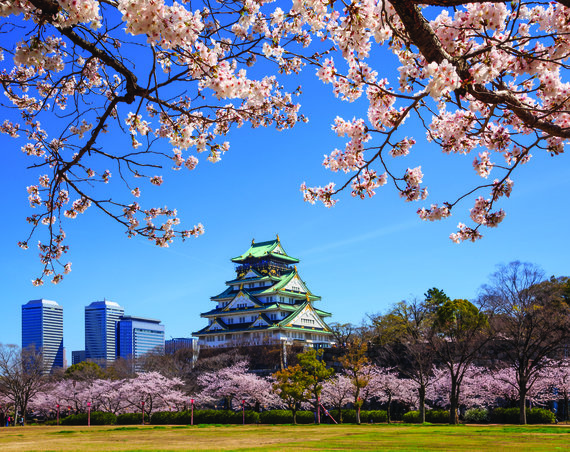Although uniquely Japanese, there is a gateway into the world of shochu for every international spirits enthusiast. Like the subtlety of a grain vodka? Try a rice shochu from Kumamoto. Love rum and tiki drinks? Try a black sugar shochu from the Amami islands.
Bourbon lovers can get round and mellow barrel-aged barley shochu, while Highland malt lovers might be drawn to smoky, round, sweet potato shochu.
There really is something for everyone.
ARTISAN DISTILLING
In Japan, artisans don’t always hone their skills on one craft. While most distilleries and breweries will specialise in one craft, some producers, such as Hombo Shuzo, make everything from shochu to wine and whisky.
One reason for this is a passion for making the best products they can year-round, depending on the seasons. For example, when the vineyards are dormant, they can distil and make shochu in the winter months. Hombo owns four distilleries, its Kagoshima one being a small craft distillery where all sweet potato shochu is made by hand using small stills.
There are a number of methods for service of shochu. One is ‘oyuwari’, meaning ‘to cut with warm water’ – this will release aromatics and mellow out the spirit for contemplation. The smoky sweet potato shochu takes well to oyuwari.
‘Mizuwari’ is to cut with cold water and chunks of ice. This dilution brightens up the shochu, making it really clean and almost alarmingly easy to drink.
One famous rice shochu from Hokkaido, Tantakatan is infused with shiso leaves and, with a little bit of ice and water, the shochu drinks like a refreshing tea – truly one of the great introductions to shochu.
The shochu highball, or ‘chu hi’, is an important part of Japanese drinking culture as a whole. Traditionally, shochu would be served on the rocks with a half slice of grapefruit, but now there are varieties that come canned in a wide variety of flavours, from strawberry and melon to peach and the yogurt drink Yakult.
INFUSIONS
At Yardbird restaurant in Hong Kong, we honed our own recipe for umeshu – something of a Japanese apricot liqueur, often misnamed as plum wine.
Ours is an infusion of rice shochu, rock sugar and ume plums, picked at the peak of their short season from Japan’s western prefecture of Wakayama (often considered the nation’s best area for the fruit) that is aged for a minimum of one year in glass jars.
However, other breweries will use anything from barley shochu to sake instead of rice shochu, and black sugar as opposed to rock sugar. Some are aged for months, while others are aged for years, but the recurring theme is always the ume and the resulting flavour is an astonishing balance between sweet and sour.
We took it even one step further and called on the great structure and texture of a clean rice shochu. Using fresh roasted coffee beans and infusing for a minimum of 45 days, our coffee shochu became so popular that we switched production from homebrewing at our restaurants to a sake brewery with the means to work with large quantities of the three ingredients – coffee beans, rice shochu and rock sugar – and monitor production even more closely to produce the optimal product.
Shochu is a wondrous spirit in its versatility – despite its ability to showcase nuance and terroir when served neat or with a little ice or water, it also shines when infusing ingredients or even as a main spirit for a unique cocktail.
While the number of shochu distilleries in Japan is only in the low triple digits, the quality remains high and more bars are enthusiastic and proud having shochu on their back bar.
Be sure to ask around and start tasting and, if you haven’t found your favourite shochu already, it won’t be long before you do.
Elliot Faber is beverage director at Yardbird restaurant in Hong Kong




